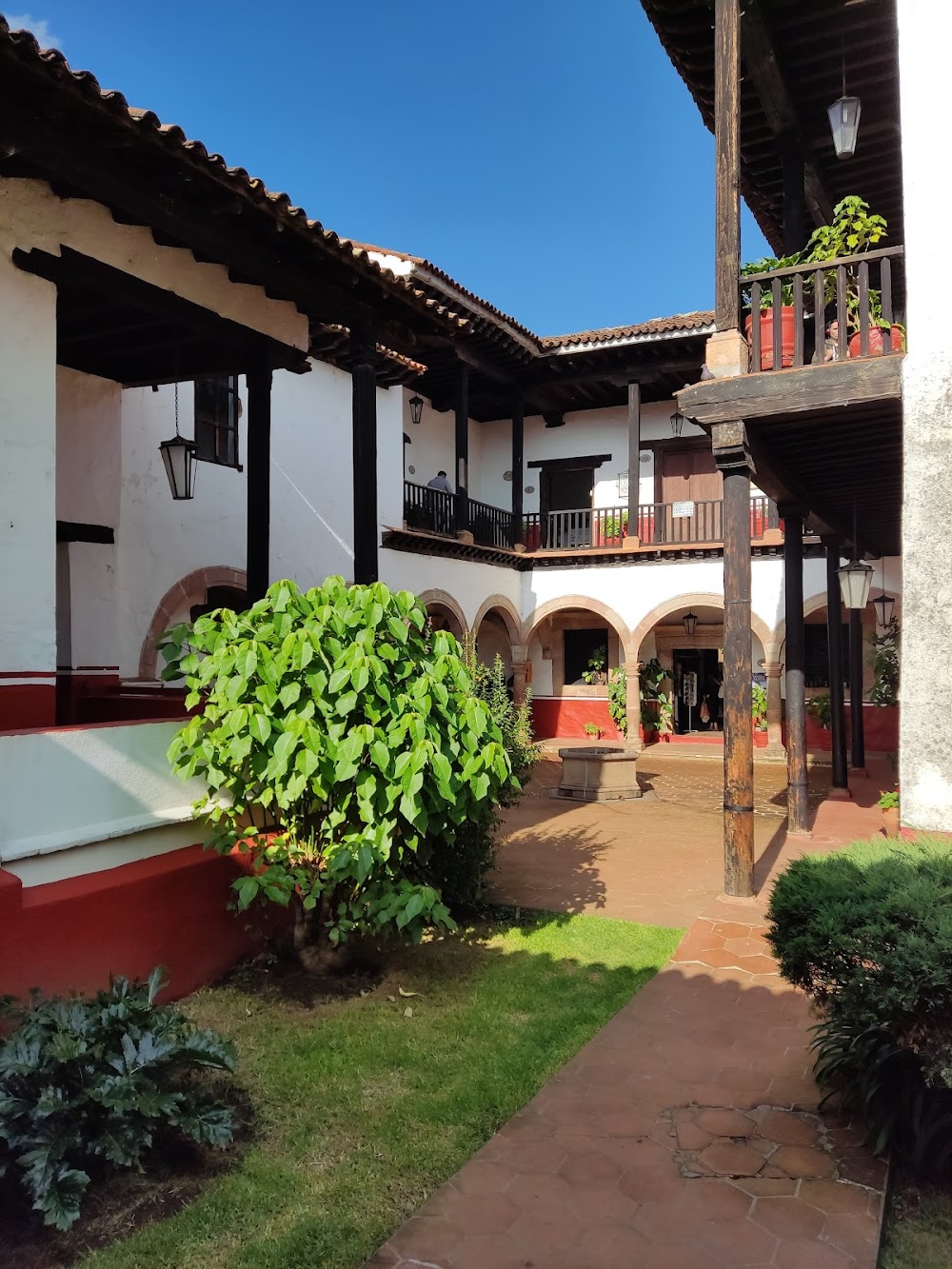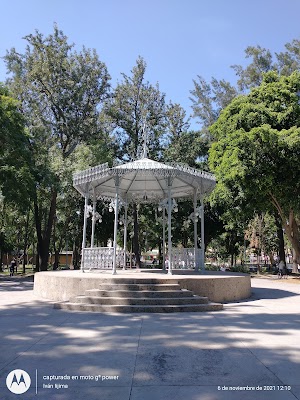Zamora Cathedral (Catedral de Zamora)
Overview
The Catedral de Zamora, situated in the picturesque city of Zamora de Hidalgo in Michoacán de Ocampo, Mexico, is a remarkable example of Gothic Revival architecture. Also known as the Cathedral of Our Lady of Guadalupe, this magnificent structure is steeped in history, reflecting the faith and perseverance of its community.
The story of the Catedral de Zamora dates back to the late 19th century, in a region rich with Catholic tradition. The local community was eager to construct a grand place of worship that would embody their devotion and serve as a focal point for religious life. This ambitious project was initiated by Bishop José María Cázares y Martínez, who laid the foundation stone in 1898, igniting a journey marked by both aspiration and challenge.
As construction began, progress was hindered by various obstacles. Political turmoil, including the upheaval of the Mexican Revolution and the Cristero War, significantly slowed the work. Despite the unwavering enthusiasm of the local diocesan community, they faced considerable interruptions and resource limitations that tested their resolve.
Financial constraints posed another significant challenge. The project often relied on donations from parishioners, support from local benefactors, and the church’s own fundraising efforts. These financial struggles led to numerous delays, causing the construction to stall intermittently over the years.
One of the most striking aspects of the Catedral de Zamora is its stunning Gothic Revival style, drawing inspiration from Europe’s grand cathedrals. The architectural design features pointed arches, ribbed vaults, and breathtaking stained glass windows that portray various biblical scenes and figures. The twin towers of the cathedral majestically dominate the skyline, making it an iconic symbol of the city.
Throughout the 20th century, construction resumed sporadically as resources became available. It wasn't until the latter part of the century that significant progress was made. The local community's steadfast dedication proved vital in revitalizing the project, as they organized numerous events and initiatives to raise funds, ultimately paving the way for the cathedral's completion.
By the early 21st century, the construction of the Catedral de Zamora was nearing its conclusion. The interior is as awe-inspiring as the exterior, boasting magnificent altars, chapels, and a soaring nave. Skilled artisans and craftsmen meticulously crafted intricate details, ensuring that every element of the cathedral reflected the reverence and artistry envisioned by its founders.
Beyond its religious significance, the Catedral de Zamora has emerged as a vibrant cultural and tourist attraction. Pilgrims and visitors from around the globe flock to admire its beauty, delve into its rich history, and experience the tranquility within its walls. The cathedral also hosts regular masses, special ceremonies, and cultural events, continuing to serve as a vital spiritual center for the community.
Today, the Catedral de Zamora stands as a powerful testament to the enduring faith, resilience, and commitment of the people of Zamora de Hidalgo. Their collective efforts over many decades have culminated in a breathtaking cathedral that not only serves as a house of worship but also symbolizes hope and unity for all who visit its sacred grounds.









